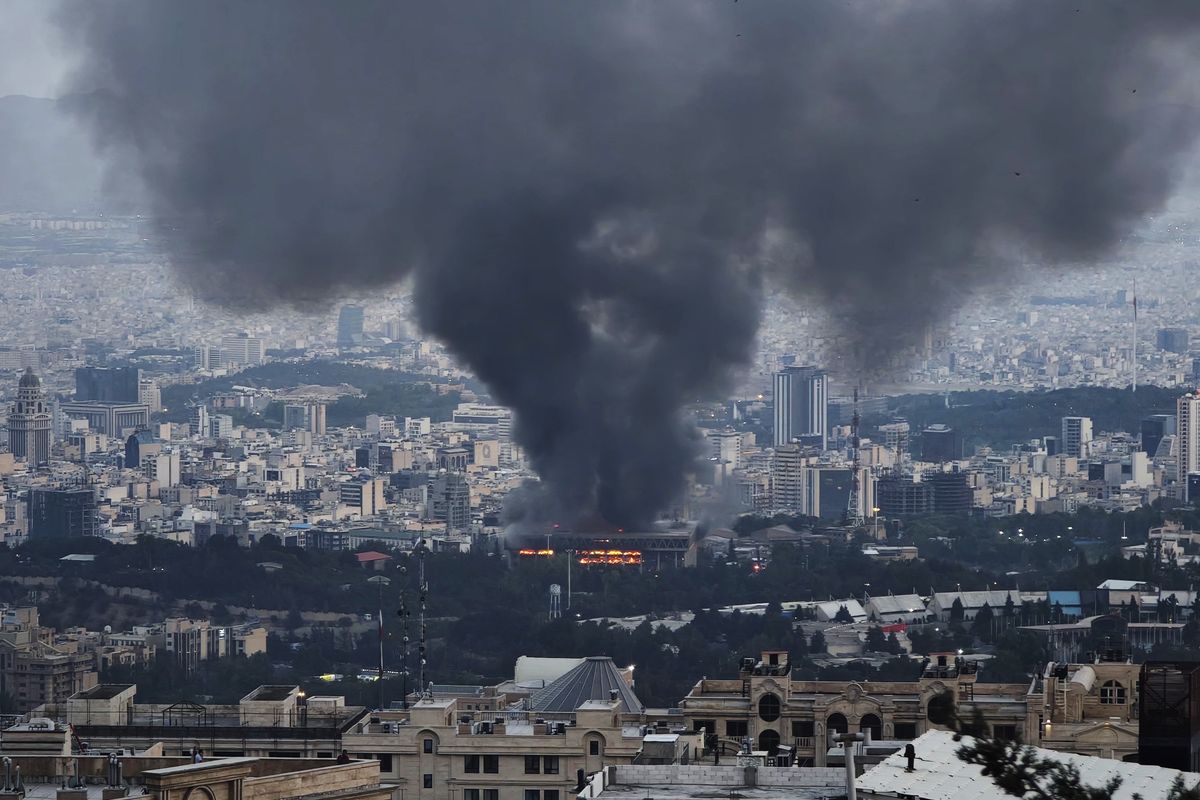North Korea’s claim to have tested a hydrogen bomb earlier this month and allegations that ISIS used a mustard agent against Iraqi Kurds in August have brought some deep questions to the forefront of our national security discussion on weapons of mass destruction (WMD): Was a WMD really used? Who used it and why? How was it obtained? Will more follow? How should we respond?
Weapons of mass destruction—which include chemical, biological, radiological, and nuclear weapons—were once primarily considered strategic weapons developed by states for deterrence purposes. The WMD threat is now expanding to include new users, targets, and motivations.
Consider the WMD threat from nation states, which tends to focus on the nuclear side. Despite global efforts to prevent nuclear proliferation, the lists of states possessing a nuclear weapon and those interested in doing so is rising. Although some scholars believe that a state would never detonate a nuclear weapon—that they are solely developed for deterrent purposes or to increase one’s bargaining power—others are concerned that a country with newly acquired capabilities has not undergone the same learning curve as those that participated in the Cold War arms race, and therefore would not abide by the same norm against its use. One such example is Pakistan, one of the newer nuclear countries, which recently announced its intent to use low-yield nuclear weapons, or tactical nuclear weapons, if Indian forces make incursions into Pakistani territory. This suggests the blurring of lines between what is acceptable in the nuclear realm.
Meanwhile, the threat of non-state actors developing or obtaining a WMD is growing. For a long time, only states had the necessary expertise and resources for developing a WMD, but now terrorist groups are moving in a similar direction. For example, ISIS—arguably the wealthiest terrorist group—had an estimated income of $2 billion in 2014 alone, and they have received access to radiological material from universities and hospitals in Syria. ISIS is also recruiting fighters at unprecedented numbers. With the goal of creating a Caliphate, ISIS may attract or recruit individuals with expertise needed to build one of these weapons, or direct such individuals to the Internet’s proliferation of information for acquiring the necessary material and knowledge to create a low-yield WMD, such as a chemical weapon.
The WMD threat from non-state actors is heightened with the rise in ISIS-inspired attacks on the homeland. Despite the scrutiny over WMD capable material and the scientists and engineers who manage them, the threat of a terrorist dispersing chemical, biological, radiological, or fissile material in the U.S. persists. Although there is a considerably lower probability of terrorist executing a WMD attack versus a conventional strike, the higher consequences and subsequent chaos that would result from a WMD attack raises the concern.
While the WMD threat remains uncertain, steps are being taken to prevent the acquisition and use of WMD.
Domestically, law enforcement has extensive outreach programs to become better acquainted with community leaders, universities, and business owners that may be able to identify people of concern. Pool supply storeowners, for example, often know which customers are buying chemicals that can be misused. Strengthening these public-private partnerships and tightening security over material that can be abused will only further reduce the threat of homegrown terrorists using a weapon of mass destruction.
Globally, the existing regimes and export controls help reduce the risk of WMD use, though they vary in terms of effectiveness. This is worrisome considering that deterrence effect of the U.S. nuclear triad may be weakening. The lack of U.S. military response after Syria used chemical weapons, despite explicit warnings from President Obama that such an action would be crossing a “red line,” arguably established a frightening precedent by weakening the norm against chemical weapons and cast doubt on U.S. credibility. Coupled with other cases of inaction, some allies are starting to wonder if the U.S. is equally weak in its extended deterrence commitments, or more importantly, if an aggressor would be deterred by a perceived baseless threat.
U.S. deterrence strength is being tested in another manner when it comes to preventing global terrorists from using a WMD. Will the threat of a military retaliation effectively deter individuals who welcome death as an avenue for salvation? Hopefully there are enough constraints against WMD use that this question is never put to the test. However, what the North Korean nuclear test and ISIS’ alleged use of chemical weapons clearly demonstrate is the necessity of continued investment in prevention and preparation to stay one step ahead of the WMD threat.
Alana Garellek is an International Producer at The Cipher Brief.












